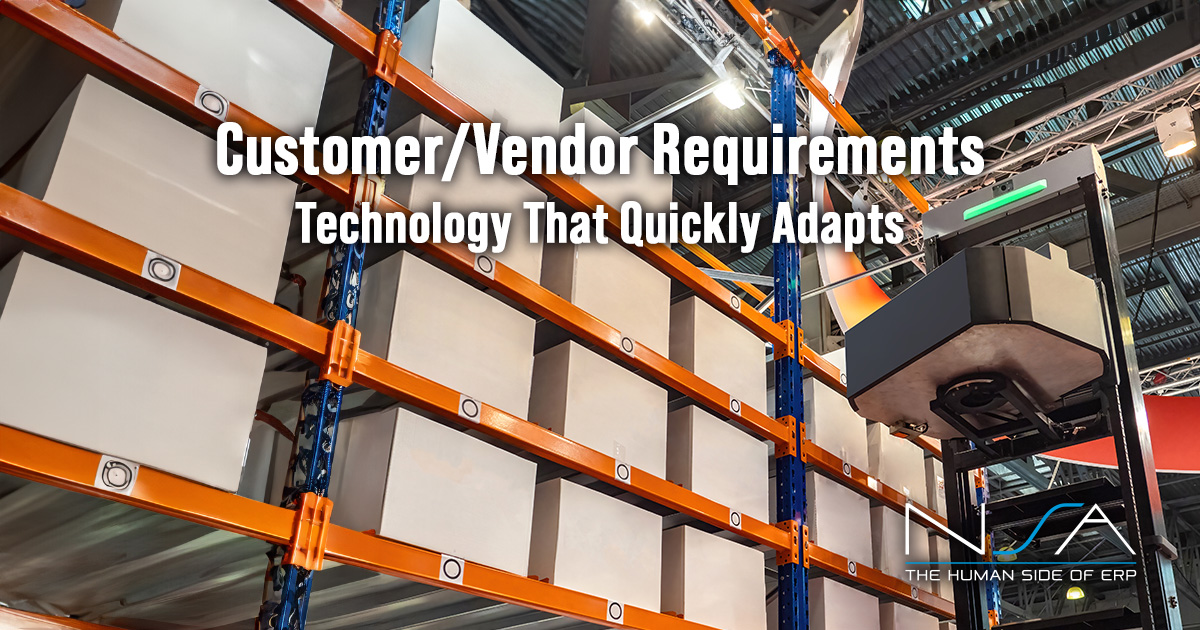If you’re failing to gain traction with your business intelligence (BI) platform, you’re hardly alone. In fact, Gartner says: BI projects have a 60% failure rate. But, why?
Gartner contributes the high failure rate to the inability to understand the real needs of the business, and the failure to communicate using a common language. As part of the IT team implementing the software, you may be surprised to learn this. But, as an end-user of the BI software who has struggled to get data insights to make decisions, you’re likely less surprised.
There was no deep user adoption of the software.
In today’s world, where businesses are creating more data than ever before, it’s critical for everyone in your business to access and use the data that they have at their fingertips for smart decisions. So, what’s the secret to keep your BI projects from failing?
User adoption is the key measure of a successful BI project
In the beginning of implementing a BI project, IT and the internal project team typically find themselves trying to anticipate every need and situation that end users will encounter. In an effort to pre-answer every question and provide every meaningful KPI, however, end-users can feel like they are looking for the proverbial needle in the haystack.
Users are left overwhelmed with information, and unable to make use of these complex systems to get what they need on their own. And as a result, user adoption suffers. This leaves the business with a solution that fails to deliver user adoption, busies already stretched IT departments, and keeps users searching for meaning in a sea of charts and reports.
User adoption is the single most important measure of business intelligence success.Without users empowered to use the data at their fingertips, the project will inevitably fail.
What if the current model was turned on its head?
So, what if companies decided to abandon the aforementioned approach to business intelligence? What if instead of trying to anticipate every piece of information that IT and the business thinks will be necessary for the end user, and attempt to spoon feed the answers to them? What if we turn the model on its head to create an approach where users were empowered to go find what they are looking for, or to ask the questions and follow their train of thought? It sounds scary to some, but this is the impetus for a different approach to data management called decision enablement.
A new approach to BI: Decision enablement
Decision enablement starts with the idea that the ultimate desired outcome of any data solution (business intelligence included) is high user adoption. Adoption can be measured as the number of users making more data driven decisions. And, the more users that are making decisions —based on data—the better for the business.
Where decision enablement begins to break off from traditional BI is not in its goal, but in its approach. This is a notable shift in perspective to the wants, needs and desires of the enduser. Instead of empowering and enabling IT, decision enablement focuses on the end user first.
So, how do you give the end user what they want? You deliver a framework for making on the fly decisions.And,there you arrive at decision enablement: A user intuitive framework for ad-hoc decision making across the broad base of a company’s user community that doesn’t require support or intervention from IT.
Phocas business intelligence for Infor was built for the end-user with this approach in mind. Integrating seamlessly with Infor SX.e and CloudSuite Distribution, Phocas makes it easy for all users to drill down from high-level visual summaries into the underlying data and arrive at insights to make better decisions for their business.
In the increasingly fast-paced COVID world, with economic shutdowns, supply chain disruptions, and unprecedented business failures, more companies are discovering the need to enable and empower users to make decisions in the moment. The traditional IT-centric business intelligence model will continue to struggle to meets the needs of the growing number of decision makers on the front lines of businesses. Decision enablement will be the next chapter in companies desire to manage data and make decisions
Are you ready to learn how to make your BI project succeed with user adoption and decision enablement? Contact the NSA team today to learn how we can help implement Phocas business intelligence for Infor to help revolutionize your company’s data.



